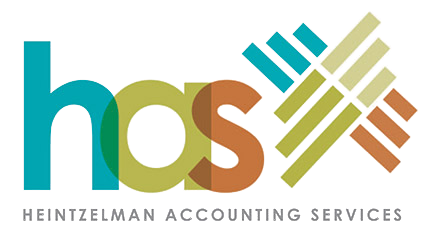During the tax year you must prepay a substantial amount of the taxes you’ll owe for that year, or you risk being hit with an underpayment penalty. If you’re an employee, that’s usually not a problem. Your employer will withhold taxes from each paycheck. You can adjust the amount withheld so that it covers your total tax bill, even if you have extra income from moonlighting or investments. But if you’re self-employed or retired, you might need to make estimated tax payments.
To avoid a penalty, the total of your withholding and estimated tax payments must generally be at least 90 percent of your tax liability for the year, or 100 percent of your last year’s tax liability. There’s no penalty if your underpayment is less than $1,000. Special rules apply to farmers, fishermen, and higher-income taxpayers.
You pay your estimated taxes by making four payments, due in April, June, and September of the current year, and in January of the next year. You can’t just wait until the last date to pay what you owe. You must start paying estimated taxes as you earn taxable income. You can either pay all the tax you owe on each quarter’s earnings, or you can pay it in installments over the remaining periods. But you must be sure to pay enough to avoid an underpayment penalty for each period. Again, special rules apply to farmers and fishermen.
Please contact our office if you think you might need to make estimated tax payments. The quarterly calculations can be complicated, and we can help you figure out how much you need to pay at each date.


Recent Comments